When you look at the sun, sometimes it appears way larger than it actually is. The circle of light that makes it look bigger is called a halo. Beautiful women and handsome men produce the same effect. Their appearance can be so deceiving that we begin to attribute completely unrelated qualities to their looks. This bias is known as the halo effect.
“This video is making psychology subject an interesting to learn and understand.”
– Saurabh Pawar
the full story
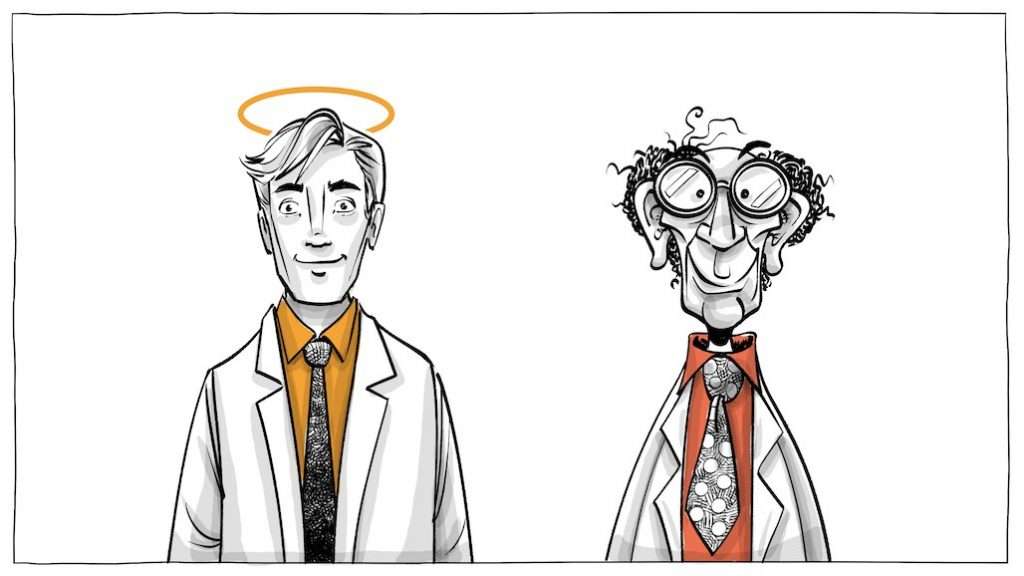
What do you think? Would this man make a good doctor? What about him? Would you trust him with your surgery? Most people would probably want to get treated by one, rather than the other. And most people are likely to be wrong about that.
the definition
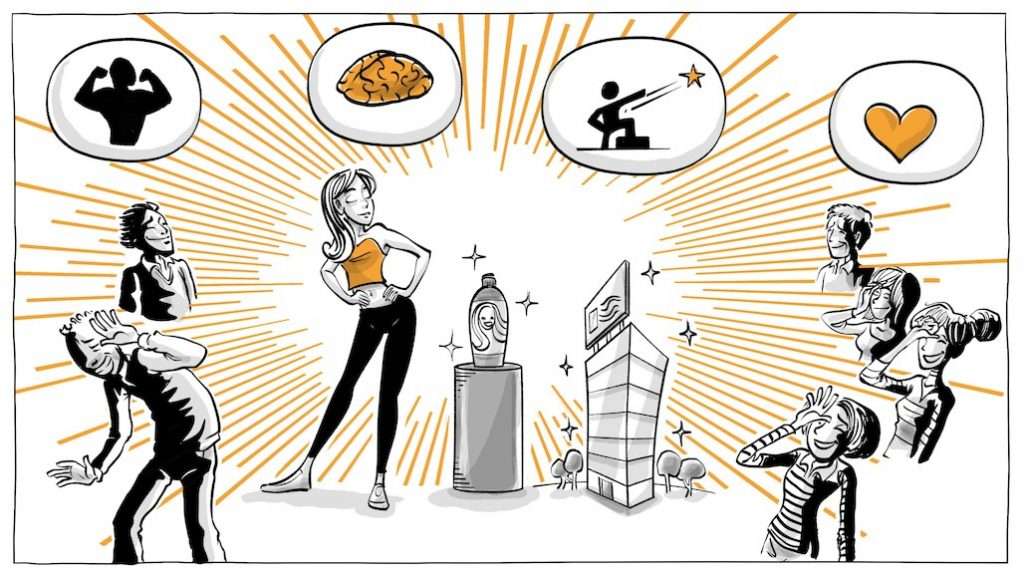
When you look at the sun, you sometimes see it clearly. But sometimes you’ll see it shining way bigger than its actual shape. That circle of light that makes it look bigger is called a halo. The halo effect also happens when a person, product, or company shines like the sun. Then we don’t see them clearly and associate all sorts of unrelated qualities to them.
history
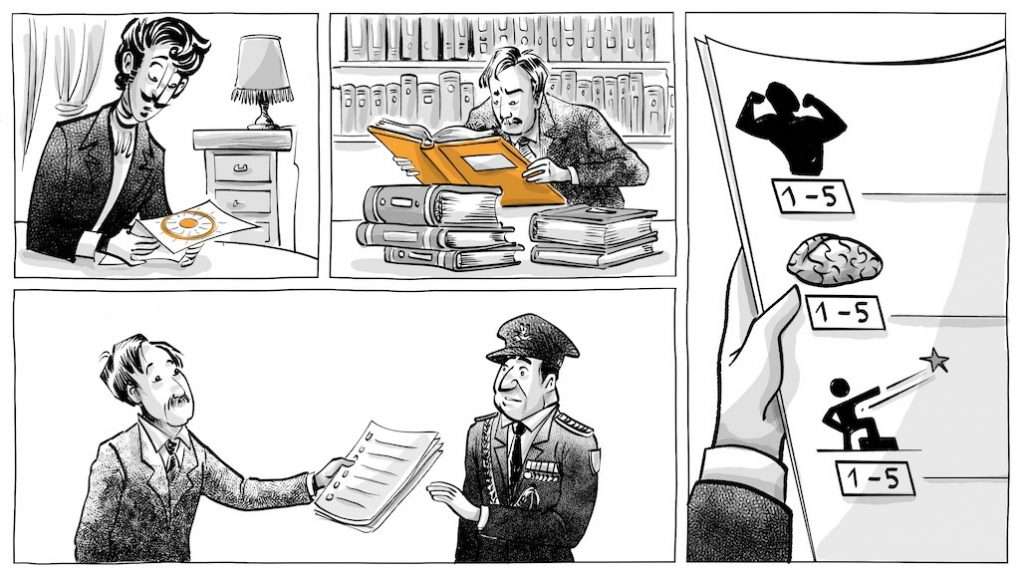
The halo effect was first identified in 1907 by the American psychologist Frederick Wells and was then studied by the psychologist Edward Thorndike, who asked flight commanders to evaluate their officers in various distinct aspects such as physical appearance, intelligence, and leadership.
thorndike’s finding

Examining the results, Thorndike found that the officers that got high scores for their psychical qualities, also got rated high on intelligence and leadership skills – a correlation that seemed wrong. It appears that the commanders were unable to evaluate specific traits independently of others.
They thought of their officers in broad terms; either “good” or “bad”, and allowed this general feeling to influence the specific qualities they attributed to them. Some officers profited from their halo. Others were put at a disadvantage by what is called the horn effect. The halo effect also explains why some teachers give better looking students higher grades
halo effect study
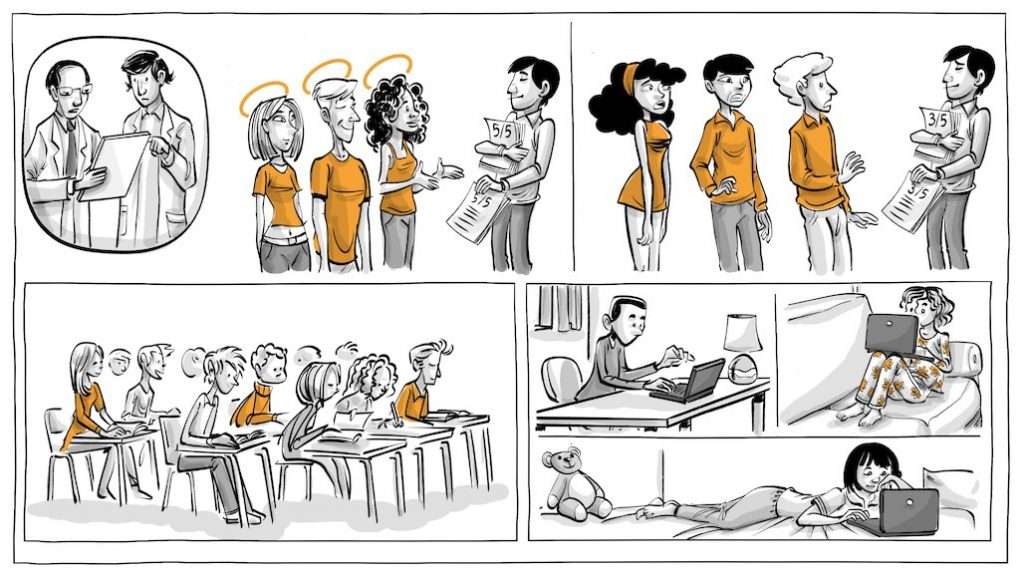
One study looked at the grades of 4,500 pupils, who were sorted by volunteers into three groups: below-average, average, and above-average looking. Did the better looking people get better grades?
The researchers then compared students’ grades between classes taken in traditional classrooms with those taken online where there was little to no face-to-face interaction. The researchers later found evidence that students who were rated as good looking, earned significantly lower grades in online courses compared to traditional classrooms where they got help from their halo.
Since the physical attributes of good looking people seem to naturally make them also appear intelligent, strong, and trustworthy, here is one good rule of thumb.
If you have an accident and you have to choose between two equally qualified doctors, ignore their halo and choose the less handsome one. He might have worked twice as hard to gain the same reputation and is likely better at his job.
what do you think?
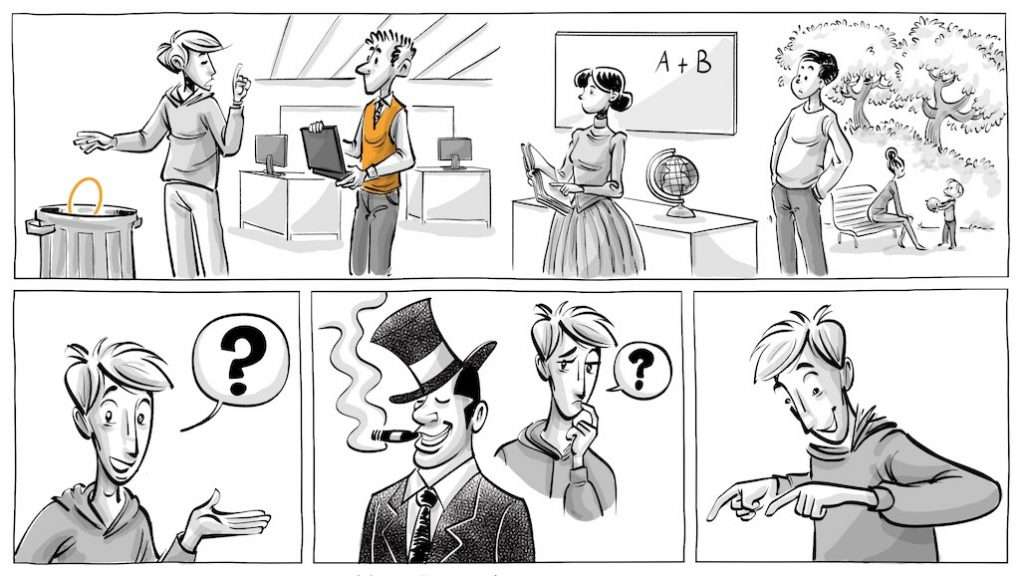
What do you think? Do you think it is possible to avoid the halo effect at work, in school or in public life? And what about other credentials that may signal success? Please share your thoughts and ideas in the comments below.
Sources
- The original study: A constant error in psychological rating by E. Thorndike – semanticscholar.org
- Why the halo effect influences how we perceive others – verywellmind.com
- Halo Effect – wikipedia.org
- The Attractiveness Halo Effect and the Babyface Stereotype in Older and Younger Adults: Similarities, Own-Age Accentuation, and OA Positivity Effects by Leslie A Zebrowitz and Robert G. Franklin, Jr.
Dig deeper!
- Learn how the Halo Effect Affects Marketing
- This study, published by Nature, provides a comprehensive examination of the traits that predict attractiveness and examines whether facial appearance predicts health.
- Learn about the Confirmation Bias which is related to the Halo Effect.
- Read about baby schema, a set of facial and body features that make a creature appear “cute” and motivates others to care for it.
Classroom exercise
Make your students see their own biases
- First show your students a photograph of an unattractive man or woman (this AI face generator might be helpful).
- Then ask them to take 3 minutes to list all the attributes (positive and negative) they associate with that person.
- After they are done, repeat the process with one of their idols, such as a famous singer, actor or sports star.
- Then show them the Halo Effect video.
- After they have seen the video, let them reflect on what they wrote about the two people, allow them to make corrections and then discuss in class what they have learned.
